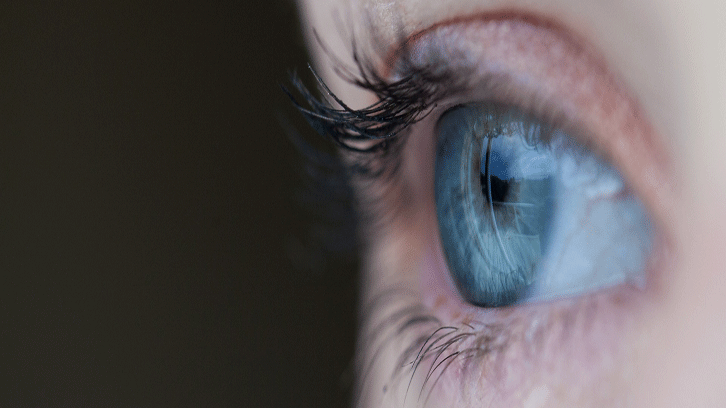White coat ocular hypertension: What your eyes say about anxiety

You probably have a blood pressure monitor at home, a device that you can buy for little money in a pharmacy, and that allows you to make an accurate blood pressure measurement. The diffusion of this device is not only due to its practicality, but also to a phenomenon of clinical importance named white coat hypertension, which is a rise in blood pressure above normal values only when measured by health personnel in the hospital, but not in everyday life. Thomas Pickering, who coined the term, found that blood pressure is higher when taken by a doctor than when taken by a nurse, and that it is a benign, transient stress response. A person with white-coat hypertension could be mistakenly diagnosed as hypertensive, which entails problems such as side effects of medication, economic cost, etc. Avoiding these false positives explains why current clinical protocols recommend making measurements at home and in the hospital, and comparing them.
Will this happen in the eye system, which is regulated by the same neural mechanisms as the blood vessels? This was the aim of a study carried out in our laboratory at the UAB. The inside of the eye contains a fluid called aqueous humour, which is produced and drained continuously, keeping the intraocular pressure constant. Excessive pressure may damage the optic nerve, which carries information from the retina to the brain, which generates visual perception. Increased intraocular pressure is the main cause of glaucoma, which in turn is the main non-congenital cause of blindness.
In the study, we simulated a clinical context in which healthy people came to measure intraocular pressure using a device named tonometer. As soon as they arrived, the participants fulfilled a questionnaire to assess their state of anxiety; thereafter, we measured their blood pressure, heart rate and intraocular pressure. Finally, their anxiety-trait, which indicated a predisposition to experiencing general anxiety responses, was assessed. The results indicated that people with a high anxiety-state and/or a high trait anxiety showed increases in intraocular pressure and heart rate. Does this mean that people, who come to the ophthalmology practice with anxiety, or those with an anxious personality, may show higher transient intraocular pressure values? Probably yes. Does this mean that an inadequate clinical diagnosis may be taking place in some cases? Although our results are in line with those of other research teams, we still do not have a definitive answer, since we carried out this study with a healthy population and in a simulated context. The next steps for our team will be to check whether it also occurs in real clinical settings and with people with apparently abnormal values, which would be an additional evidence of what we have called white coat ocular hypertension.
Facultat de Psicologia
Universitat Autònoma de Barcelona
References
Jorge Luis Méndez Ulrich y Antoni Sanz (2018). Could white coat ocular hypertension affect to the accuracy of the diagnosis of glaucoma? Relationships between anxiety and intraocular pressure in a simulated clinical setting. Applied Psychophysiology and Biofeedback, 43, 49-56. DOI 10.1007/s10484-017-9385-x


